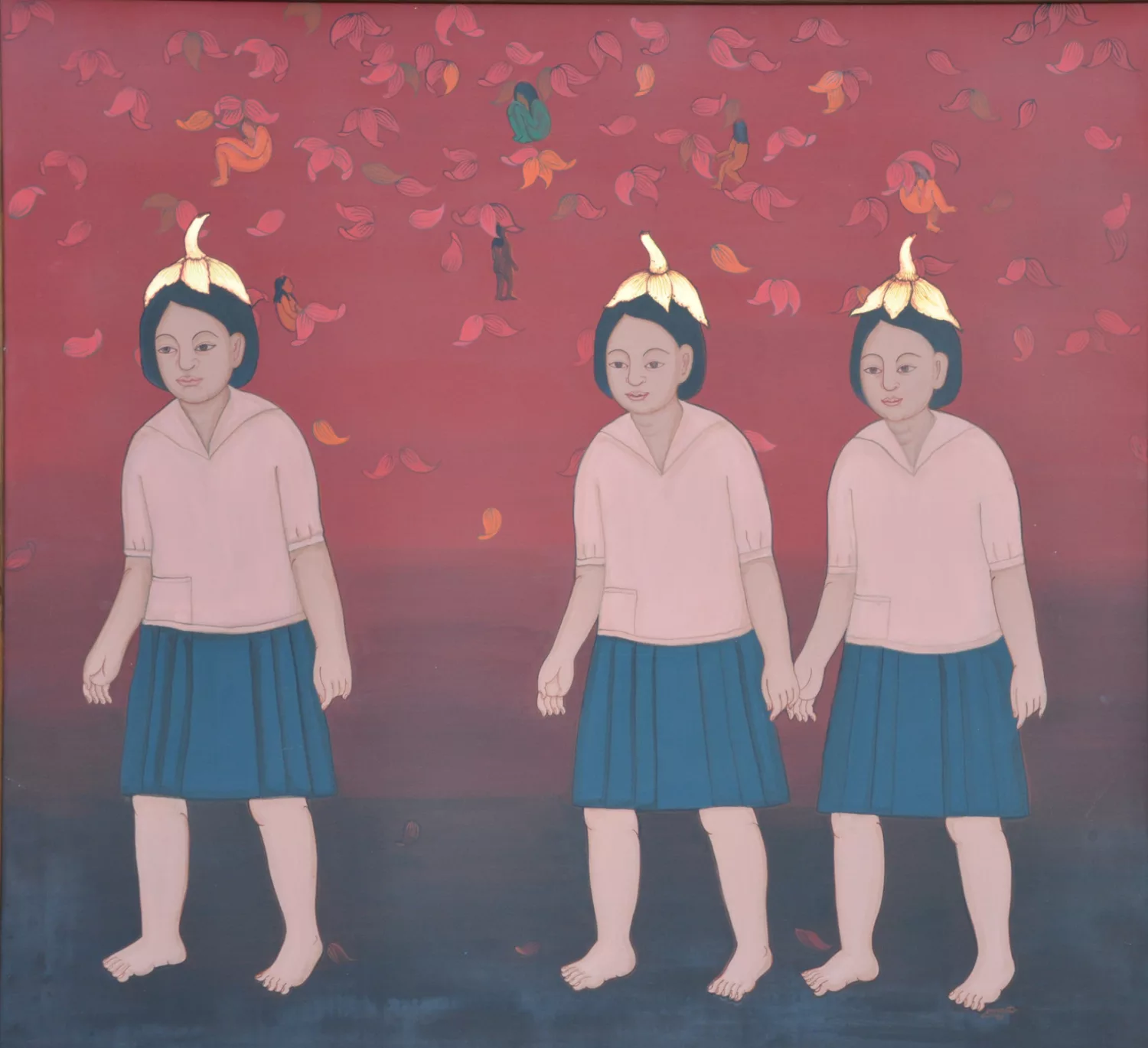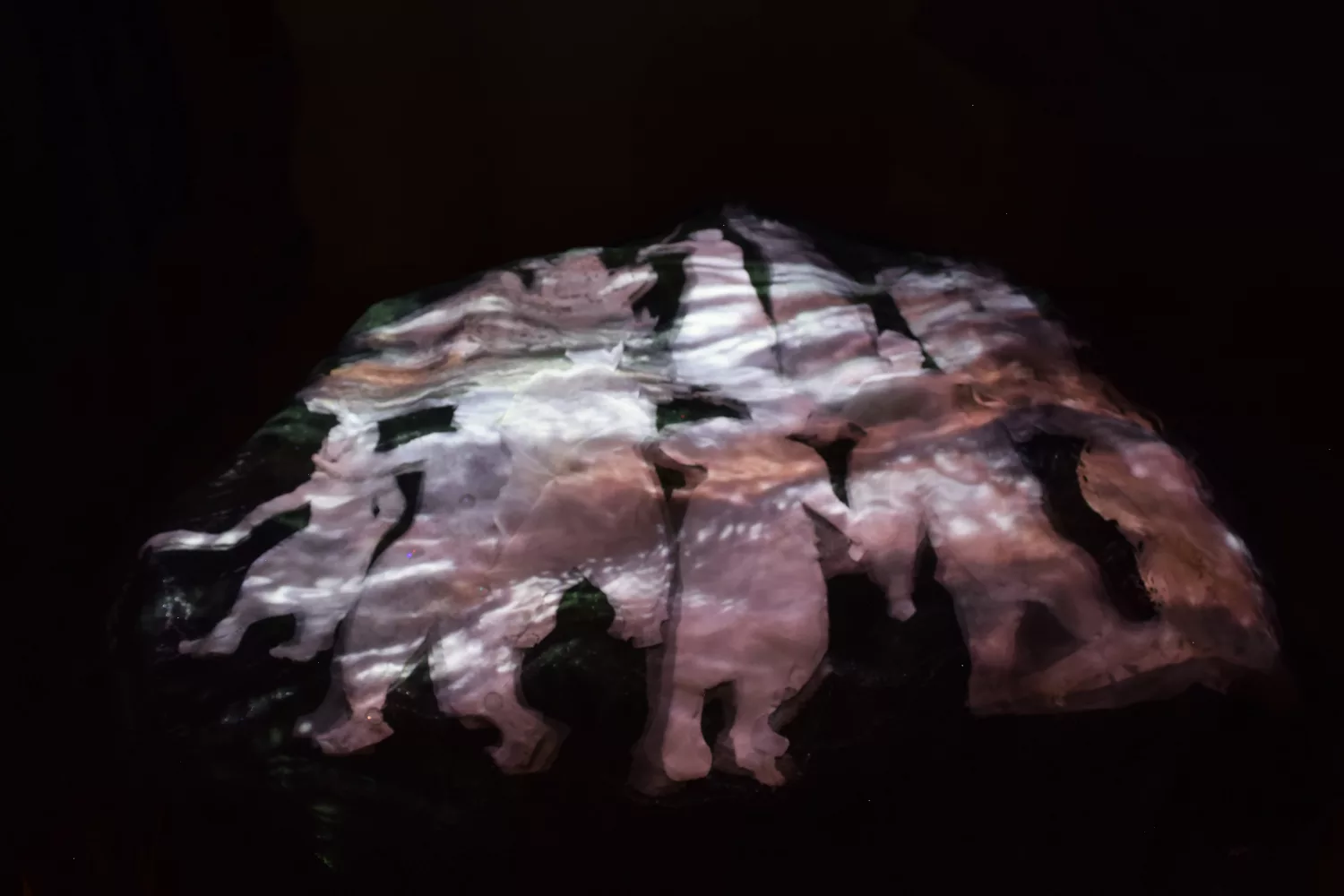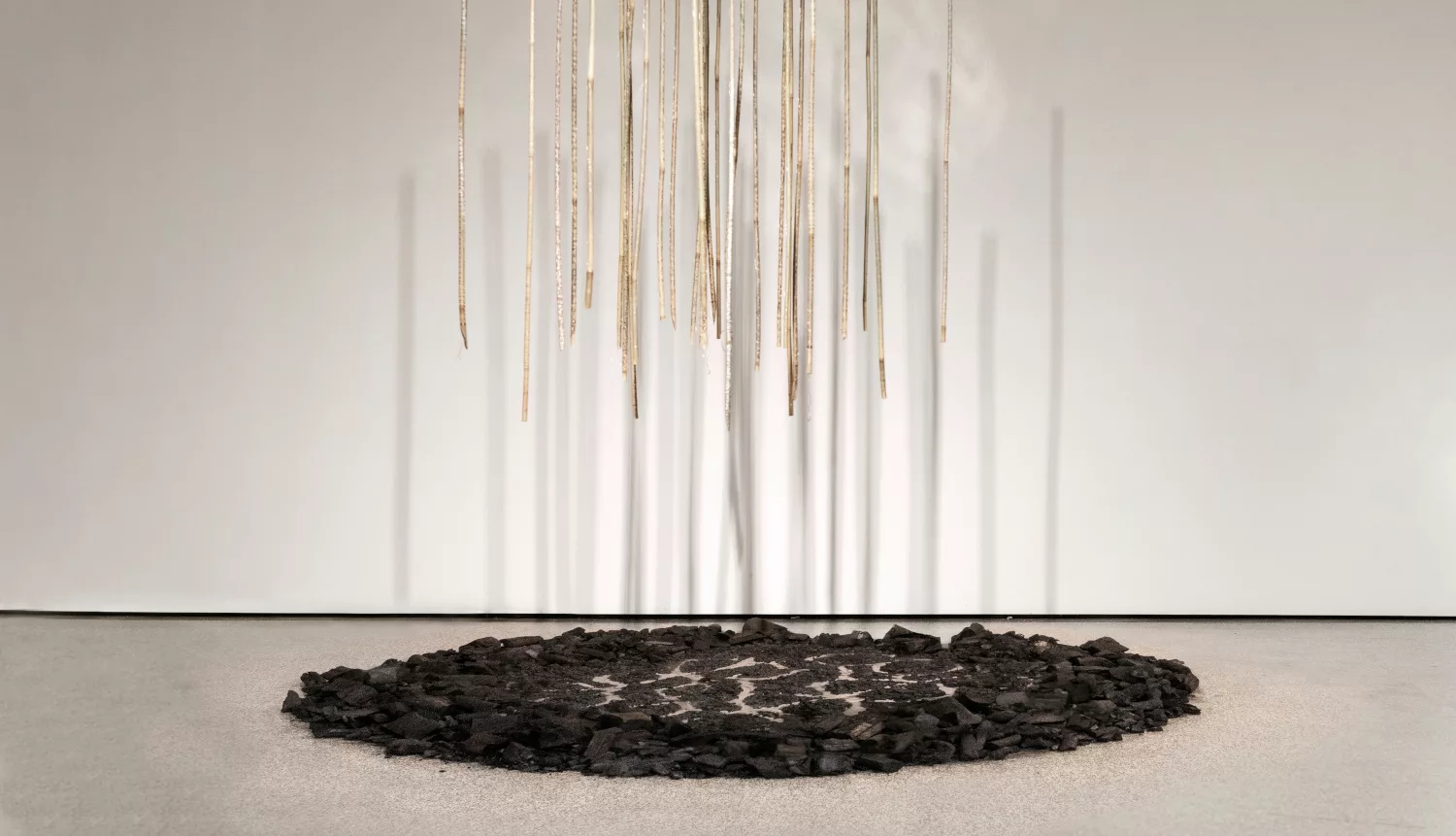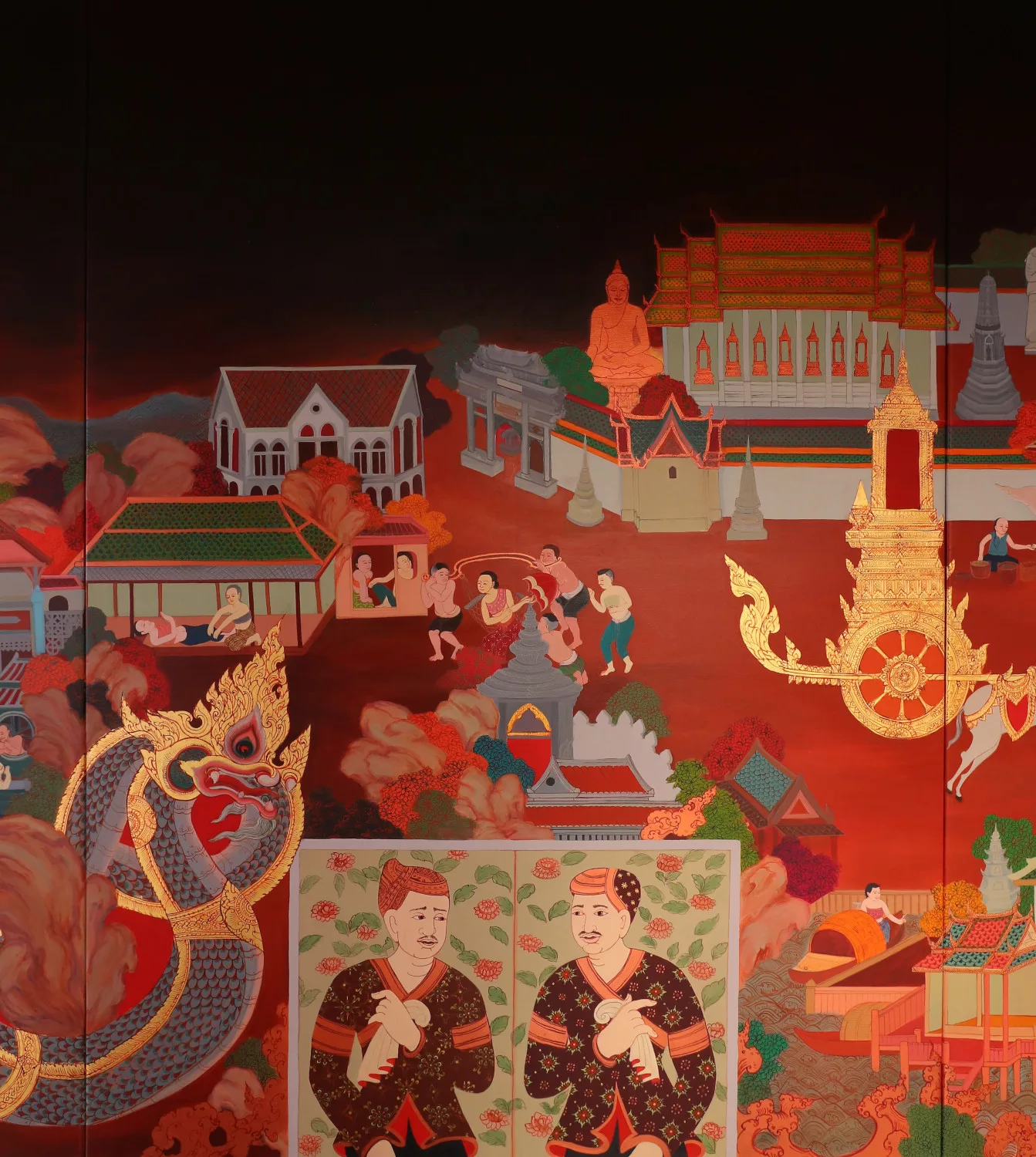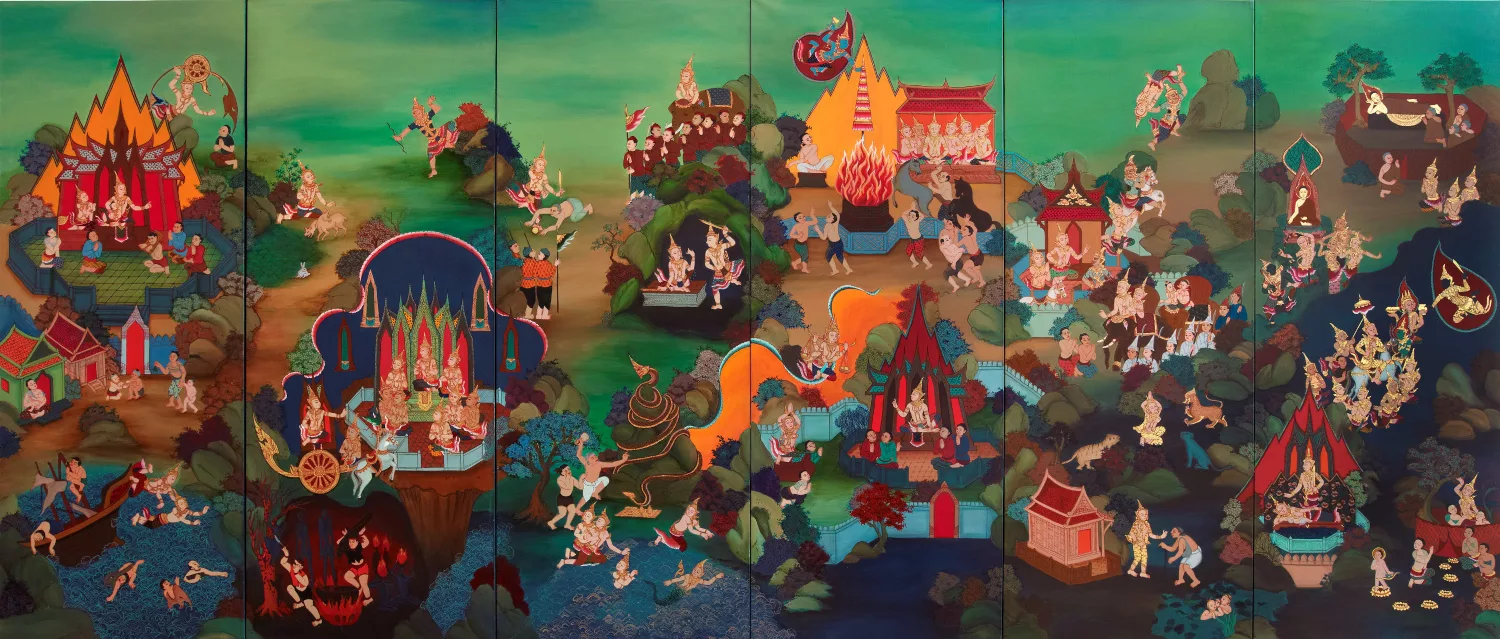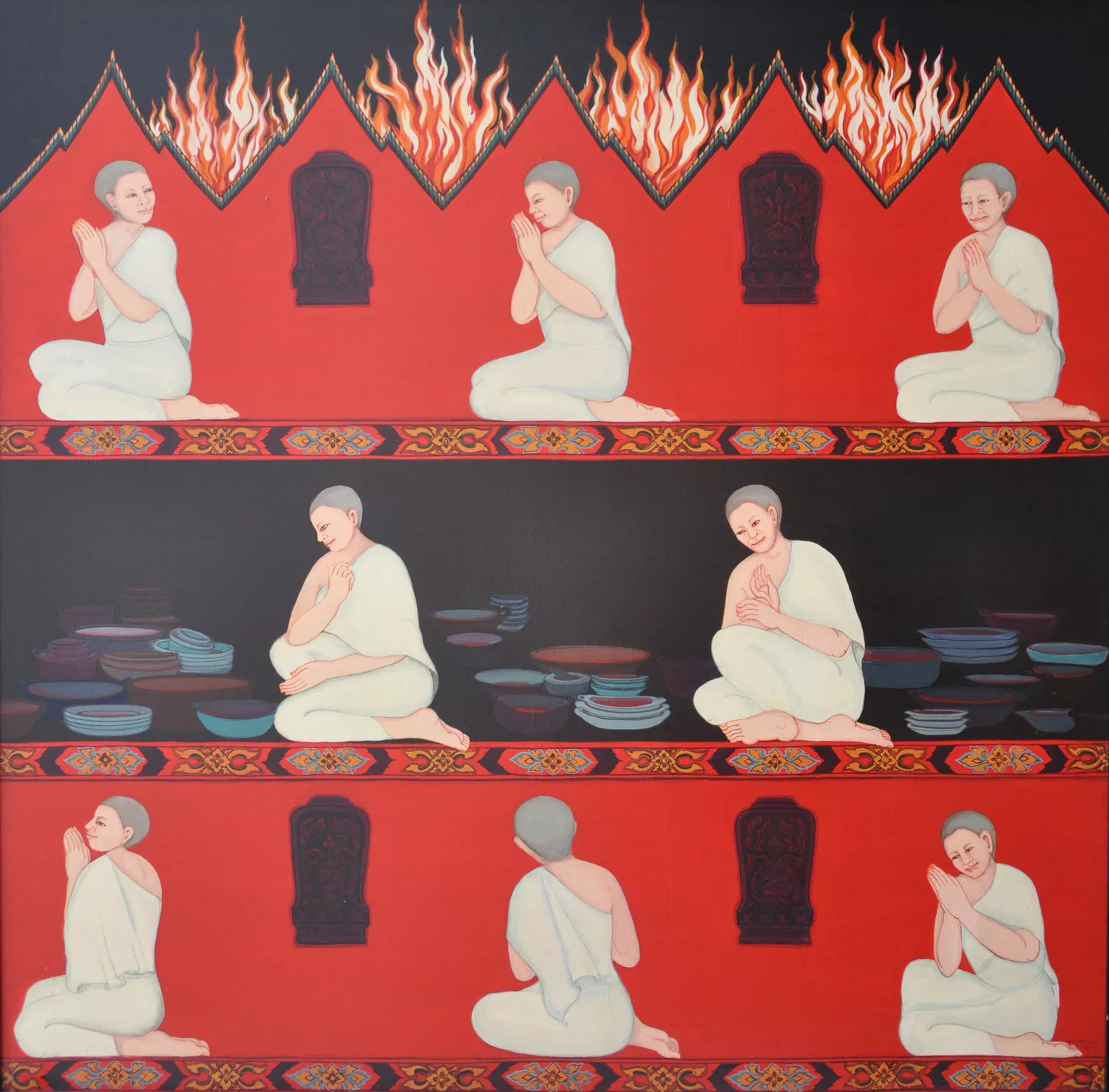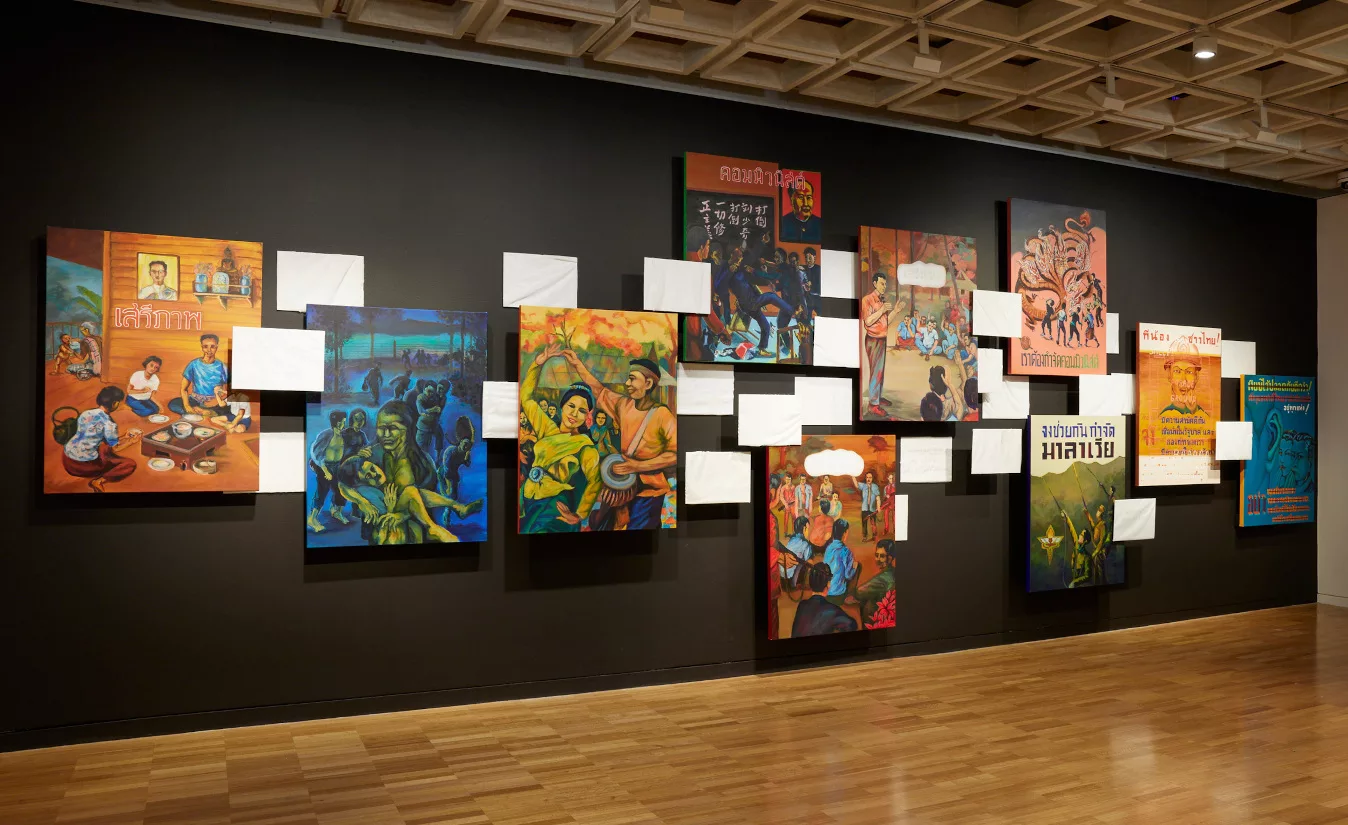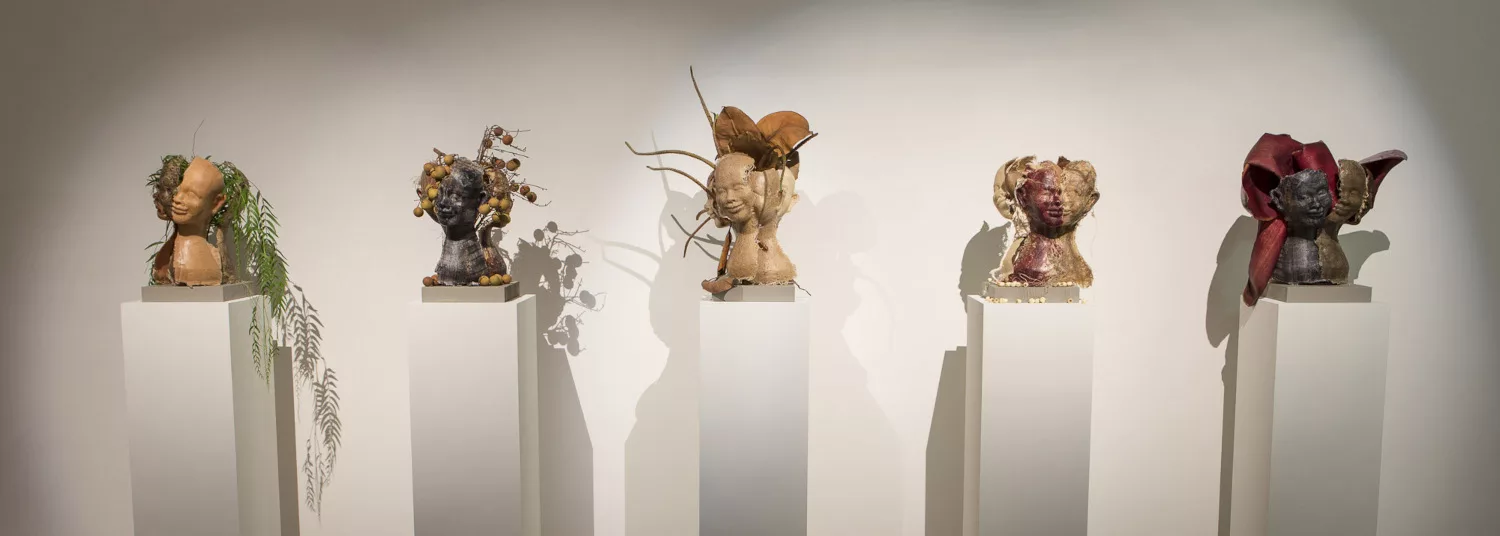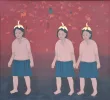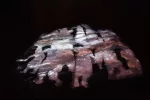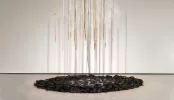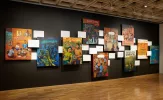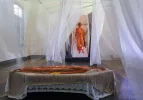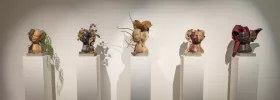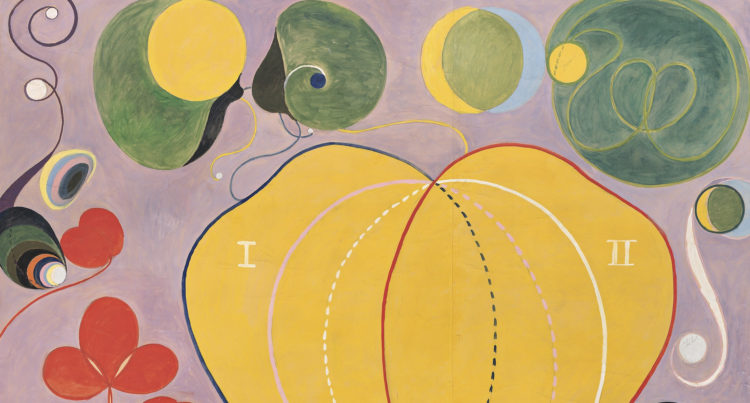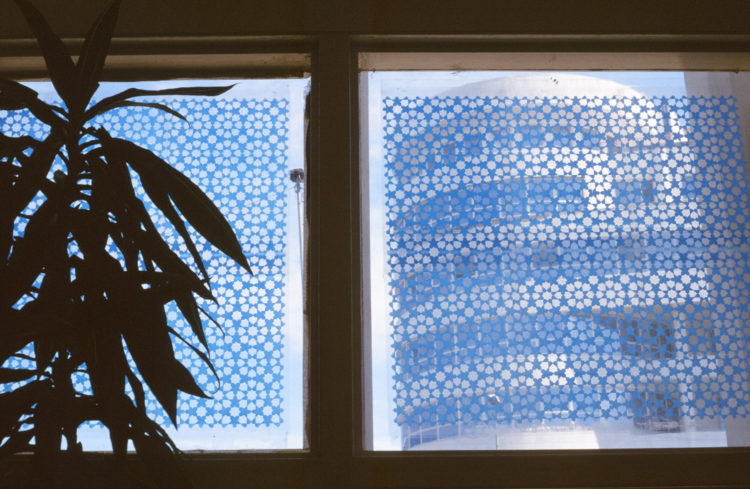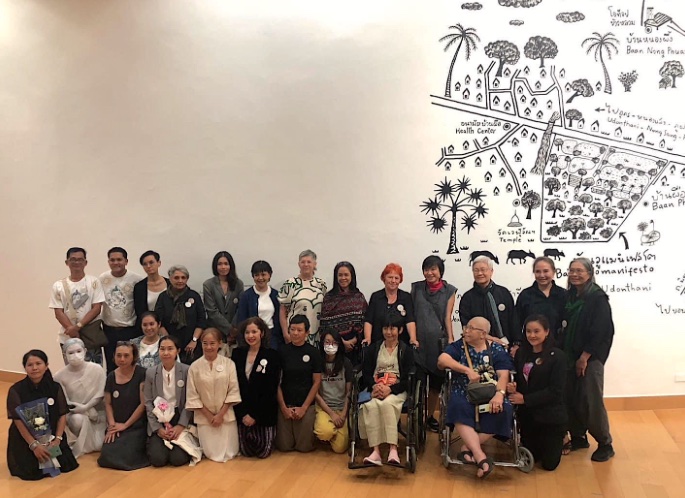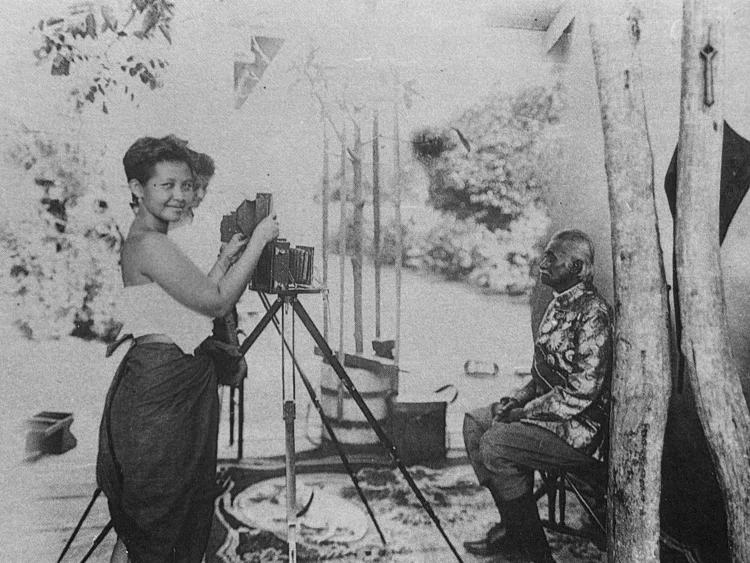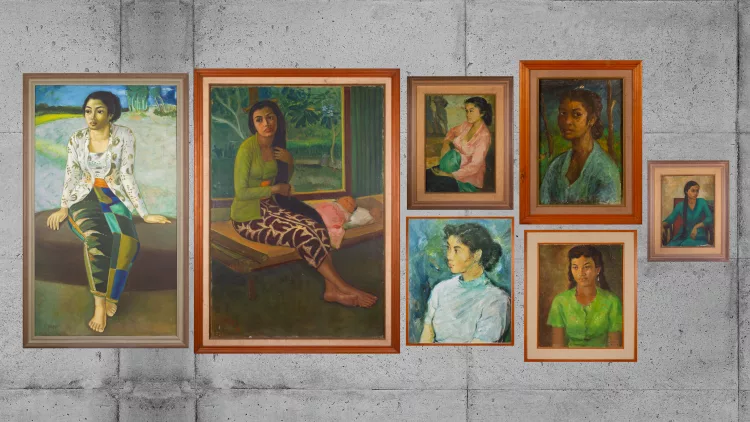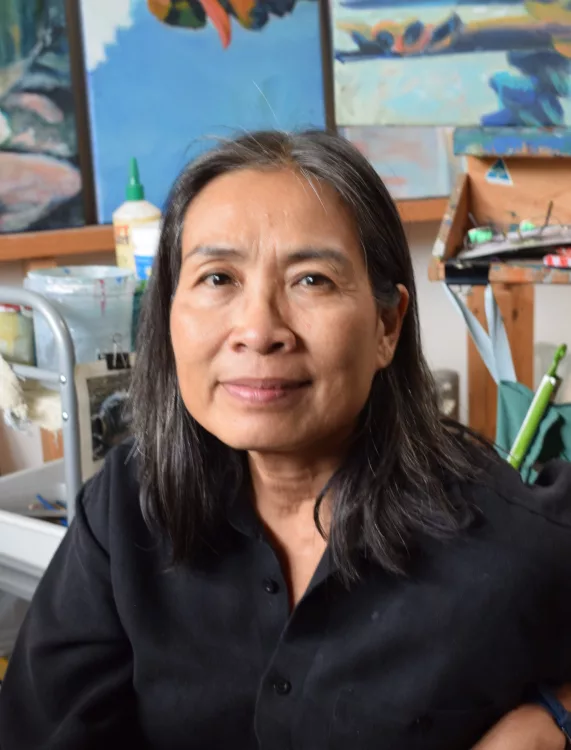Phaptawan Suwannakudt
Seiz, Natalie, “Phaptawan Suwannakudt”, The National 4: Australian Art Now, 2021, en ligne: https://www.the-national.com.au/artists/phaptawan-suwannakudt/RE%20al-re-g(l)ory/
→Low, Yvonne. “Phaptawan Suwannakudt’s Akojorn (1995): Connecting Women”, in Schmahmann Brenda (ed.), Iconic Works of Art by Feminists and Gender Activists: Mistress-Pieces, New York, Routledge, 2021, p. 223–235
→Suwannakudt, Phaptawan, “Before Womanifesto, In My Recollection,” Southeast of Now: Directions in Contemporary and Modern Art in Asia 3, no. 1, 2019, p. 175–180
Womanifesto: Flowing Connections, Bangkok Art and Culture Centre, Bangkok, 12 September–30 December, 2023
→Retold-Untold Stories, SCA Galleries & Sydney College of the Arts, Sydney, 16 March–30 April, 2016
→Beyond Bliss, Bangkok Art Biennale, Bangkok, 19 October, 2018–3 February, 2019
Thai-Australian contemporary artist and mural painter.
“Silence was always the solution”, Phaptawan Suwannakudt has observed about growing up under Thailand’s military regime, where speaking out – especially as a woman – was discouraged and dangerous (The National 2021). Yet her artistic practice has become a profound rejection of that imposed silence, transforming quiet resistance into powerful visual protest that spans traditional Buddhist mural painting and contemporary feminist discourse.
P. Suwannakudt has lived and worked on Gadigal/Wangal Country, Sydney since 1996. She is recognised as a pioneering figure in Southeast Asian feminist art and a founding member of Womanifesto, an influential transnational women’s art collective.
P. Suwannakudt’s artistic foundation was established through intensive training in temple mural painting under her father, Paiboon Suwannakudt or Tan Kudt (1925–1982), a renowned master who revived this traditional practice. Her presence in the sacred male domain of temple painting was highly unusual – women were typically excluded from both religious ordination and privileged artistic roles within temple hierarchies.
When her father died in 1982, P. Suwannakudt, then 22, made history by inheriting his position, becoming one of the first women to lead a team of male mural painters in Thailand. A pivotal transformation occurred in 1990 while she was working at Sri Khom Kham temple in Phayao province, where she witnessed a twelve-year-old girl being sold by her parents to a brothel agency. This traumatic encounter prompted her shift from traditional religious art to contemporary practice that addresses social injustices. The experience became the subject of her powerful Nariphon series (1995–1996), which depicts young girls as mythological fruit attached to trees, their backgrounds shifting from green to red to brown, echoing the lifecycle of exploitation.
Her breakthrough work, Akojorn [No-Go Zone, 1995], shattered cultural taboos by hanging women’s sarongs across a gallery entrance, forcing visitors to walk beneath what were deemed “polluted” garments for their association with menstruation. This audacious installation was part of a prominent feminist exhibition in Bangkok that later heralded the nascent establishment of Womanifesto.
Relocating to Sydney in 1996, her practice adapted while she developed installations that incorporate sensory elements – herbs, spices, organic materials – connecting works to place, memory and ritual. After completing an MVA at Sydney College of the Arts in 2005, notable works include Retold-Untold Stories (2014), exploring her mother’s dementia as well as oral histories of Lanna women. The 2020 global awakening around racial justice and the Thai student protests challenging the country’s lèse majesté laws inspired her most politically direct work, her series RE al-Re-g(l)ory (2021). Featured in Australia’s prestigious The National exhibition (AGNSW 2021), it recontextualises government propaganda posters from her childhood.
Since 2024, P. Suwannakudt has been working on a mural at Wat Theppol in Bangkok – her father’s only incomplete work. This project coincides with her father’s 100th birthday, transforming its completion into both artistic achievement and filial tribute. Her work Hidden Screens: Laplae (2025) explores time, memory and displacement through folding screens mirroring Thailand’s political upheavals.
Exhibited internationally, including at the 18th Biennale of Sydney (2012), and Bangkok Art and Cultural Centre (BACC), with works in collections at Art Gallery of New South Wales (Sydney) and National Gallery Singapore, P. Suwannakudt remains a significant voice bridging Southeast Asian and Australian contemporary art.
A biography produced as part of the programme The Flow of History. Southeast Asian Women Artists, in collaboration with Asia Art Archive
© Archives of Women Artists, Research and Exhibitions, 2025



